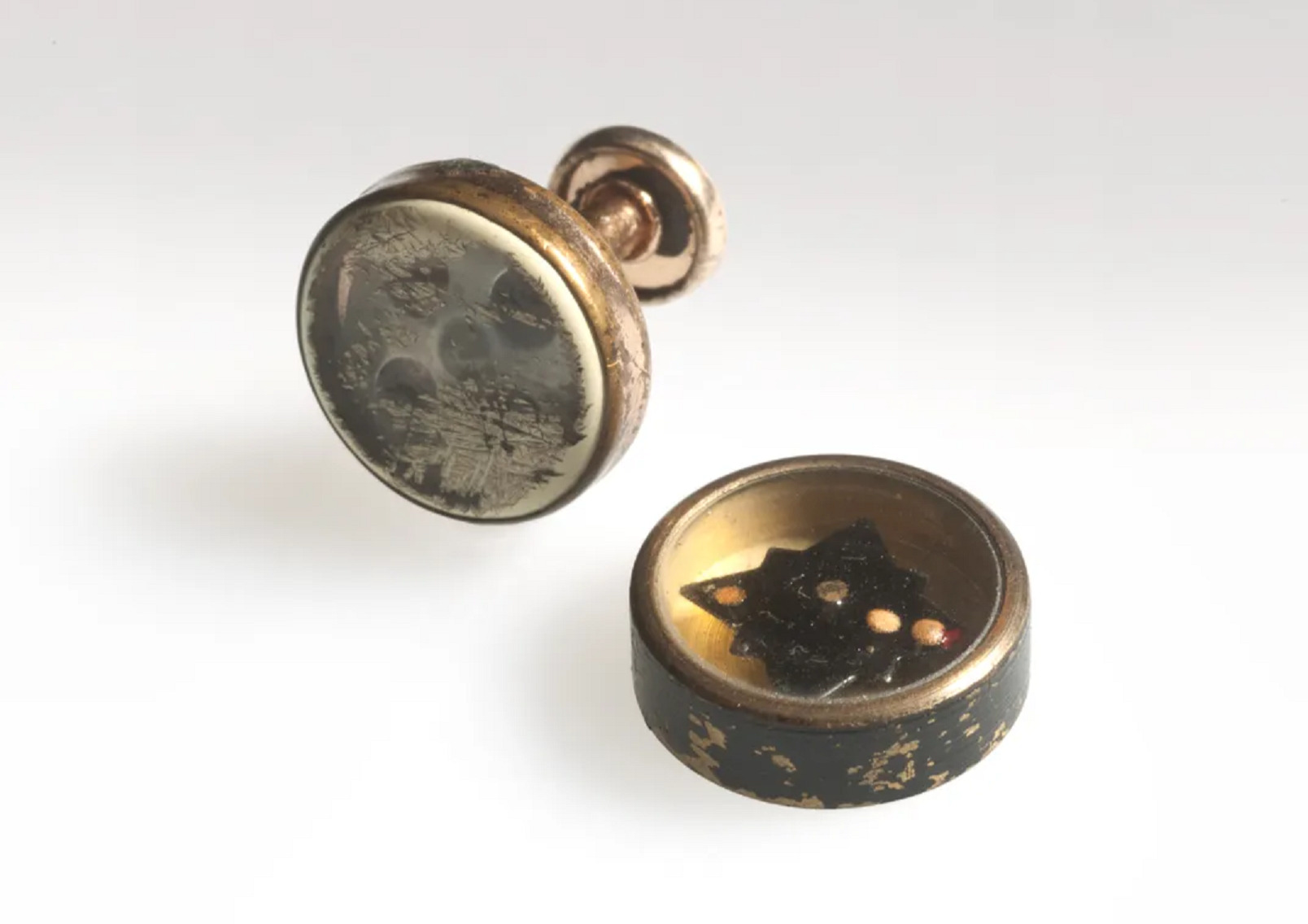Photo courtesy CIA.
During World War II, the Office of Strategic Services (OSS)—the precursor to the Central Intelligence Agency (CIA)—pioneered a new era of espionage. Tasked with gathering intelligence and sabotaging enemy operations, OSS agents relied on creativity and innovation to outwit their adversaries. Among their most remarkable tools were concealment devices, which allowed agents to hide critical items in plain sight. These devices were not only ingenious but also essential to the success of covert missions.
The Birth of Espionage Ingenuity
The OSS was established in 1942 under the leadership of William “Wild Bill” Donovan. Known for his unconventional approach, Donovan famously instructed Stanley Lovell, head of the OSS Research and Development branch, to “invent every subtle device and every underhanded trick” to aid the war effort. This directive led to the creation of a wide array of concealment devices that combined practicality with deception.
The OSS’s success in developing these devices was due in part to its collaboration with private companies. These partnerships exemplified the wartime spirit of innovation and cooperation.
Examples of OSS Concealment Devices
Cufflink Compasses: These seemingly ordinary cufflinks contained tiny compasses, allowing agents to navigate their way out of enemy territory without arousing suspicion.

Explosive Coal: Disguised as a lump of coal, this device contained explosive material. Agents would place it in enemy coal supplies, where it would eventually be fed into a furnace, causing a devastating explosion.
“Matchbox” Cameras: Developed in collaboration with Eastman Kodak, these miniature cameras were small enough to fit inside a matchbox. They allowed agents to discreetly photograph documents and maps.

Painter’s Kit Sabotage Device: This kit appeared to be an artist’s set, complete with brushes, oil paints, and turpentine. Hidden within was an explosive disguised as a lump of coal, ready to sabotage enemy industrial facilities.

- Escape Map Playing Cards: These playing cards could be peeled apart to reveal hidden maps, providing agents with vital navigation tools in case of capture. These cards were created in collaboration with the United States Playing Card Company and British intelligence agencies.
Legacy
The concealment devices of the OSS not only helped win the war but also laid the groundwork for modern espionage techniques. Many of the concepts and technologies developed by the OSS were later adopted and refined by the CIA and other intelligence agencies. Today, these devices serve as a showcase to the ingenuity and resourcefulness of the men and women who fought in the shadows.
Preserving History
Artifacts from the OSS era, including concealment devices, are now displayed in museums like the CIA Museum and the International Spy Museum. These exhibits offer a glimpse into the secretive world of espionage and highlight the creativity that defined the OSS’s operations.
The OSS’s concealment devices were more than just tools; they were symbols of the ingenuity and determination that characterized the Allied effort during World War II. By turning everyday objects into instruments of espionage, the OSS demonstrated that even the most unassuming items could play a pivotal role in shaping history.
Resources
Central Intelligence Agency
CIA.gov
International Spy Museum
SpyMuseum.org
